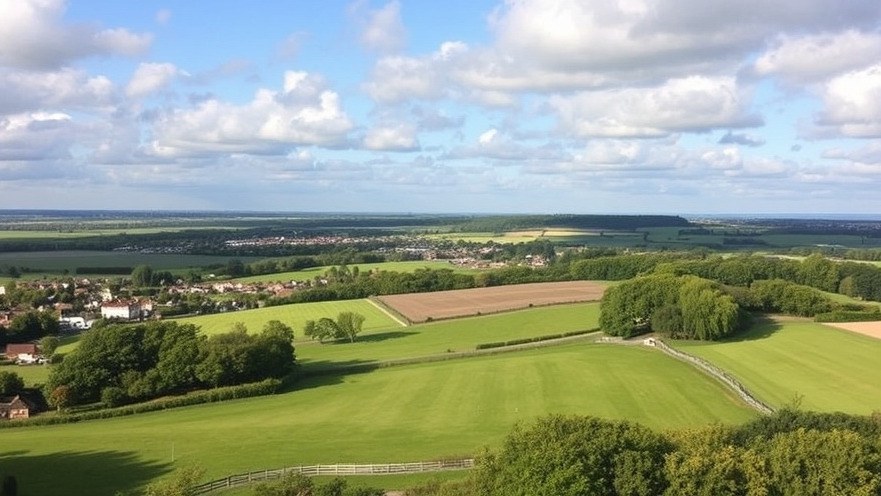
Calls for transparency in air crash investigations
Sameer Rafik is not just mourning his cousin Faizan; he's demanding answers. The family of the 260 victims killed in the Air India plane crash is frustrated by the lack of transparency surrounding the incident. It's been months since the crash, yet the investigative process is shrouded in bureaucratic delays. Rafik’s voice echoes a sentiment shared by many: they want to understand the tragedy that took their loved ones.
What went wrong in the cockpit?
Details from the preliminary report are alarming. Two fuel control switches were found in the cutoff position just before the plane crashed. This raises questions about pilot actions during critical moments. The cockpit audio may shed light on what exactly transpired. Rafik argues that hearing the last communications could provide crucial insight into the decision-making processes of the flight crew, illuminating whether this disaster was a tragic accident or a result of systemic failures.
Families united in grief and demand
This isn't simply about Rafik. It’s about the grieving families who lost their futures on that flight. Each of them has a story to tell, a memory to cherish, and a heartache that runs deep. Rafik's insistence on receiving the cockpit recordings is a shared desire for closure among the victims' families. They believe that knowing the circumstances leading to the crash, including the events leading to the voices asking 'why did you cut off?', is a step toward healing.
The role of government and aviation authorities
International aviation authorities like the ICAO require transparency in crash investigations. Yet, the Indian government's sluggish response to releasing the cockpit audio is raising eyebrows. Investigators report their findings swiftly, but the emotional toll on families is being ignored. Properly managing this process means engaging with victims' families as partners rather than sidelining them.It's a critical moment for the government to step up and prioritize the voices of the affected families.
The emotional landscape of a national tragedy
National tragedies touch the lives of many. The Air India crash isn't merely a statistic; it represents real families who are never getting their loved ones back. Rafik's emotional plea is a reminder that behind every data point, there is a human story marked by love, loss, and the search for truth.
What happens next?
The call for the cockpit recordings is just one piece of the puzzle. As families demand accountability and transparency from the government, the pressure mounts on investigating bodies to act swiftly. RAFIK's determination to fly to India for answers symbolizes the urgency of this need for closure. It's not merely about knowing what happened; it’s about ensuring something like this never happens again.
The moment has arrived for the Indian government and aviation authorities to listen. They could lead the way in how tragedies are handled, ensuring that accountability is prioritized. The wider public, too, should advocate for these families, as their journey toward healing depends not just on grief but on getting the truth.
 Add Row
Add Row  Add
Add 




 Add Row
Add Row  Add
Add 

Write A Comment